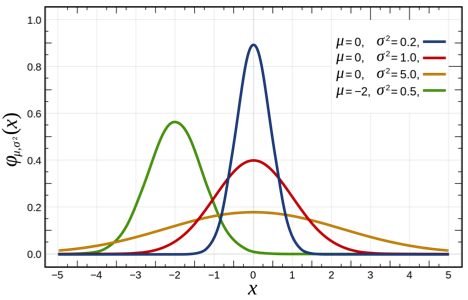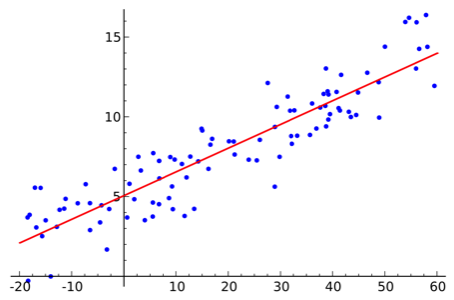Welcome to Testing and Evaluating!
A prototype without data is like an icing without a cake.
No matter how stunningly beautiful and inspiring a prototype for an engineering design is, it must be tested and evaluated to produce data that proves it works. During testing, the normal distribution becomes our friend:
No matter how stunningly beautiful and inspiring a prototype for an engineering design is, it must be tested and evaluated to produce data that proves it works. During testing, the normal distribution becomes our friend:

And the reduction in the scatter of our data as it gets closer to predicted behavior becomes our goal:

Testing and Evaluation goes well beyond proving an engineering design works once in a single set of operating conditions. Instead, a well done testing and evaluation effort involves multiple phases of data collection and multiple data sets for every phase. At the end of Testing and Evaluation, the design team should feel confident of how the design works and what the limits of its operations are.
This module in the Basic Engineering Design Suite will take the student through the testing and evaluation stage of engineering design including component testing, system testing, and user testing.
Learn more about Testing and Evaluating
during the Engineering Design Cycle:
Presentation (.pdf) -- Testing Basic Components
Presentation (.pdf) -- Testing Systems
Presentation (.pdf) -- User Testing
Audio Recording (Youtube) -- Testing Basic Components
Audio Recording (Youtube) -- Testing Systems
Audio Recording (Youtube) -- User Testing
Assignment in MS Word (.docx) or Portable Document Format (.pdf)
Quiz in MS Word (.docx) or Portable Document Format (.pdf)
Collect Data… and enjoy!
This suite of educational tools supports the Engineering Design Cycle, from beginning to end, in a way that allows the student to pursue open-ended engineering design from idea to prototype to redesign. These tools can be useful, for both teaching and learning, in a capstone design experience, other design classes, as well as in extracurricular or any other activities that involve formal design.
Explore More:
Overview
Identify the Problem
Research the Need
Design Solutions
Select the Best Solution
Construct a Prototype
Present the Solution
Redesign and Iterate
This module in the Basic Engineering Design Suite will take the student through the testing and evaluation stage of engineering design including component testing, system testing, and user testing.
Learn more about Testing and Evaluating
during the Engineering Design Cycle:
Presentation (.pdf) -- Testing Basic Components
Presentation (.pdf) -- Testing Systems
Presentation (.pdf) -- User Testing
Audio Recording (Youtube) -- Testing Basic Components
Audio Recording (Youtube) -- Testing Systems
Audio Recording (Youtube) -- User Testing
Assignment in MS Word (.docx) or Portable Document Format (.pdf)
Quiz in MS Word (.docx) or Portable Document Format (.pdf)
Collect Data… and enjoy!
This suite of educational tools supports the Engineering Design Cycle, from beginning to end, in a way that allows the student to pursue open-ended engineering design from idea to prototype to redesign. These tools can be useful, for both teaching and learning, in a capstone design experience, other design classes, as well as in extracurricular or any other activities that involve formal design.
Explore More:
Overview
Identify the Problem
Research the Need
Design Solutions
Select the Best Solution
Construct a Prototype
Present the Solution
Redesign and Iterate
Acknowledgements:
This work was funded in part by the National Science Foundation (DUE-1245464). Any opinions, findings, and conclusions or recommendations expressed in this material are those of the author(s) and do not necessarily reflect the views of the National Science Foundation.
This work was funded in part by the National Science Foundation (DUE-1245464). Any opinions, findings, and conclusions or recommendations expressed in this material are those of the author(s) and do not necessarily reflect the views of the National Science Foundation.

